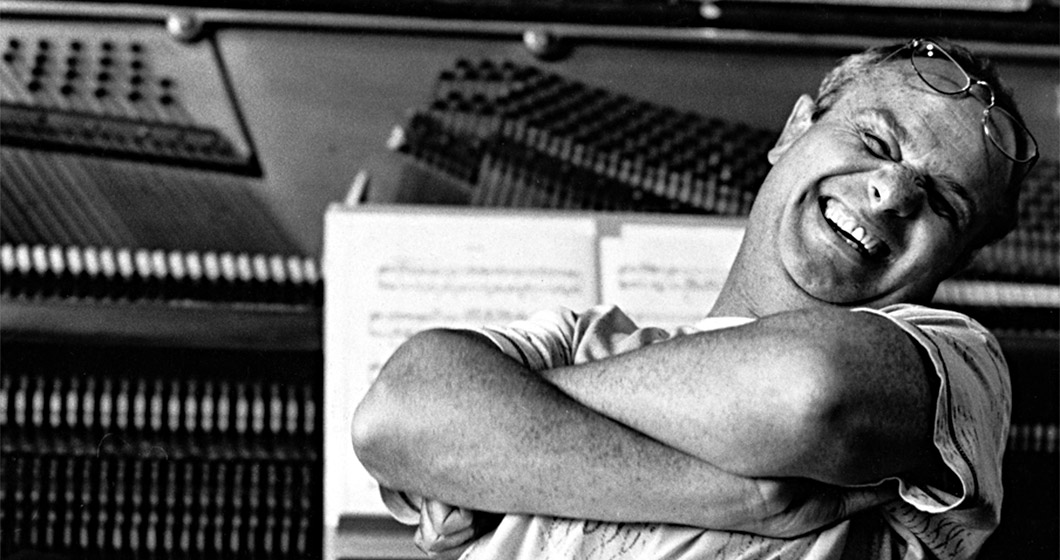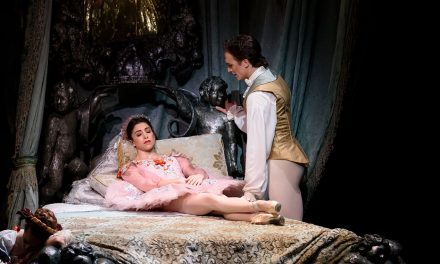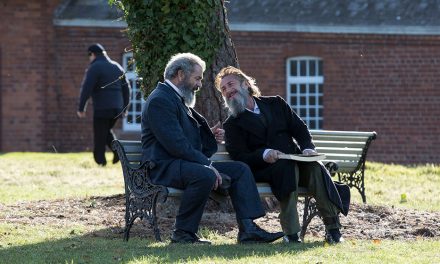The first thing prolific and respected Australian film composer Bruce Smeaton tells Canberra is a lie. It isn’t a bad one, but it’s the sort of blatant, quickly disproven claim that we’re getting all too used to. He claims that he isn’t a performer or storyteller. But he is.
Smeaton has been working as a composer since the 60s and generously gave an evening of his time at the National Film and Sound Archive last week. The Q and A segment went for 50 minutes, which was sadly too short, before leading into screenings of two films he had worked on.
He claimed to be not much of a performer. Like I said, that was a lie- he’s a fantastic storyteller, a craftsman, a diligent one, and while he might be a little confused about why people want to talk to him about how he does the tiling so well, he’s happy to tell them.
Smeaton’s approach to music is utilitarian. He writes music to fit the film. It sounds obvious but he thinks it’s an idea that gets lost in film composing. He points out that there’s a huge gap between music that sounds good as a performance piece or concert music and music that works in a scene. Just so you know, he’s not petty; the music he uses to illustrate the difference is Prokofiev, the great Russian composer, and his piece ‘Battle on the Ice’ from Aleksander Nevsky. He calls it a brilliant piece of music that fails the scene.
For a better example, he uses the film The French Connection. He loves to trick other composers by talking up the great score over the film’s famous car/train chase. They always agree, until he reminds them that the chase is unscored. Music leads into it, and music caps it off, but there’s no music in the chase itself. It’s hard to argue that it doesn’t do its job in that case.
This perspective might come from Smeaton’s early work. He began by scoring commercials, an astonishing 2500 of them, and that included 153 Marlboro commercials. He jokes that he only did so many because the pay was so bad. People often retain the lessons of their first jobs and Smeaton tells a story about how, when he’d composed a piece for Marlboro in 17/8 time, he was dragged in by one of the executives and angrily informed that “The Marlboro man doesn’t limp.”
And so, he learned his lesson. The music served the film.
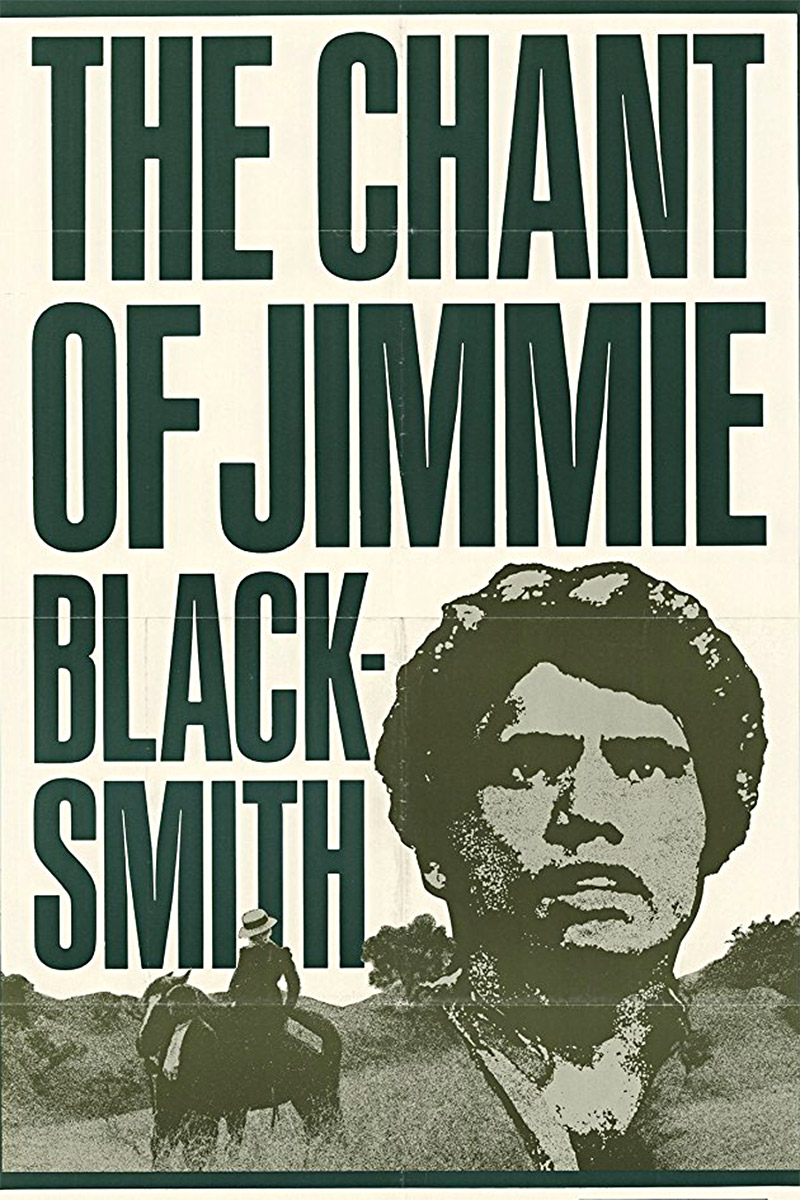
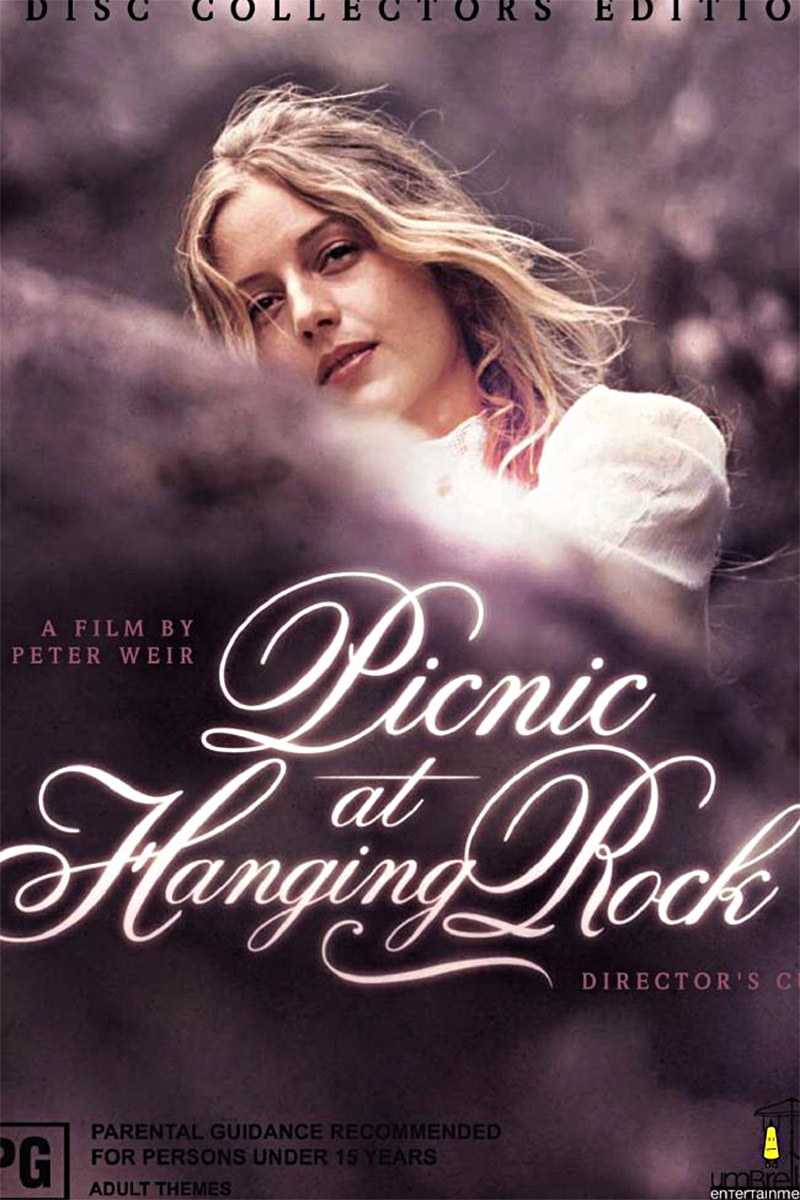
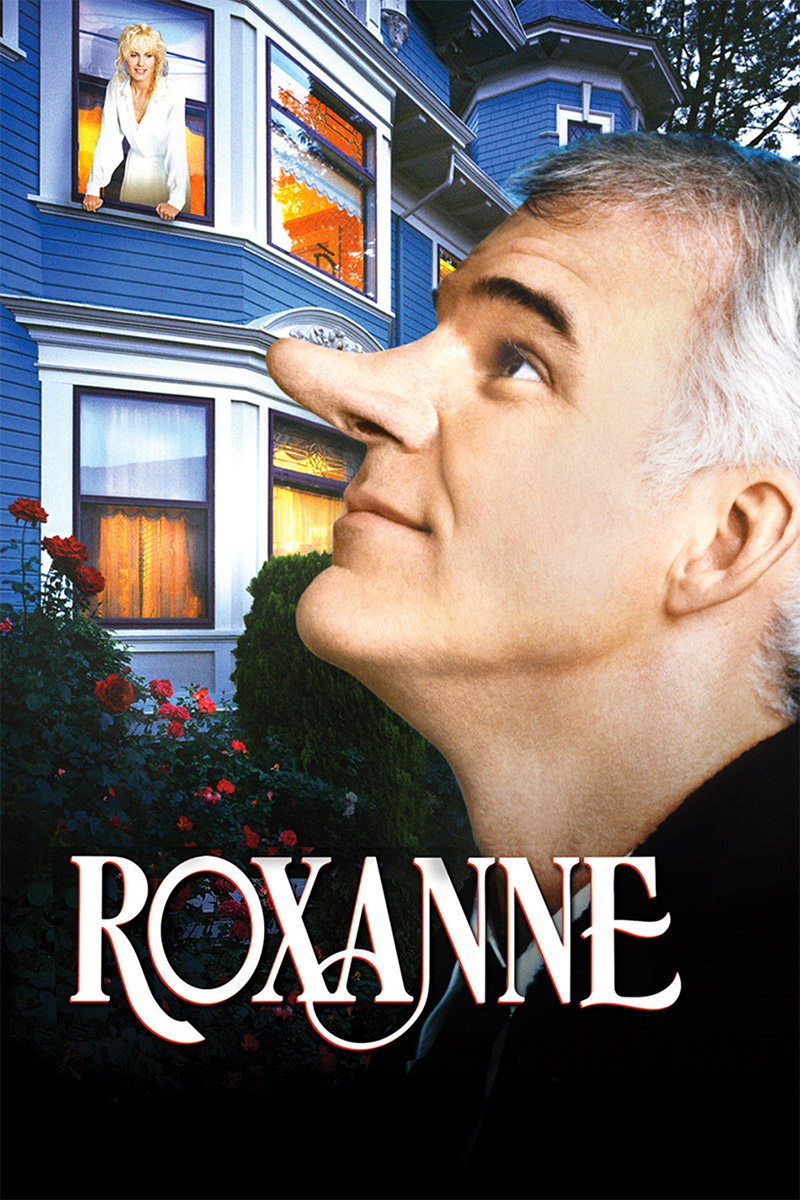
His approach is pragmatic, similar to that of a craftsman. However, some of the stories he tells suggests he’s more of an underpaid fireman. He’s been brought in to fix scenes that weren’t working that couldn’t be reshot. For instance, if the amazing Meryl Streep was supposed to be submissive and cowed but was hampered in this by being “Meryl goddamn Streep”, his job is to use the score to change the power dynamics of the scene. Or, as he put it, he has to “cripple” Meryl Streep. Not something a lot of people can say.
Money comes up a lot for Smeaton. Not for himself but for the score. If he’s anything to go by, a lot of directors and producers don’t get how much music costs. He frequently ended up using a synthesiser because it saved money.
Wendy Cracked a Walnut cost the studio as little $1.20 per hour of recording because no one wanted to splash out for an orchestra. Sometimes it goes the other way. The Devil’s Playground (1976) was supposed to have its score on a piano but the studio insisted on an orchestra. They didn’t want to pay for it though, and so the entire film score was done in one 3-hour recording session. Increasingly, Smeaton’s job seems to be that of a fireman with only one garden hose and a bicycle instead of a truck.
Those stories make it clear that Smeaton really does know his work and that he looks at it as a craft. You can’t imagine him pulling his hair out, seeking an unattainable standard of artistic perfection – he’s happy if the music does its job because it means he’s done his. He takes great pride in the fact that he’s always been a self-supporting composer, rather than a performer. He’s made a living exclusively by writing music for film and television. The strange part is, he’s also a good performer.
He finished the talk with a brief recital on the piano. It was a fitting capstone. Again, it was not a polished piece that he had ready to show off because that’s not how he works. He played brief pieces, just enough each time to show the point he was making. He would show how a shift could completely change the way a scene works. The best part was that once the point was made, he would stop.
His performance, just like his compositions and just like the man himself, had a job to do.


